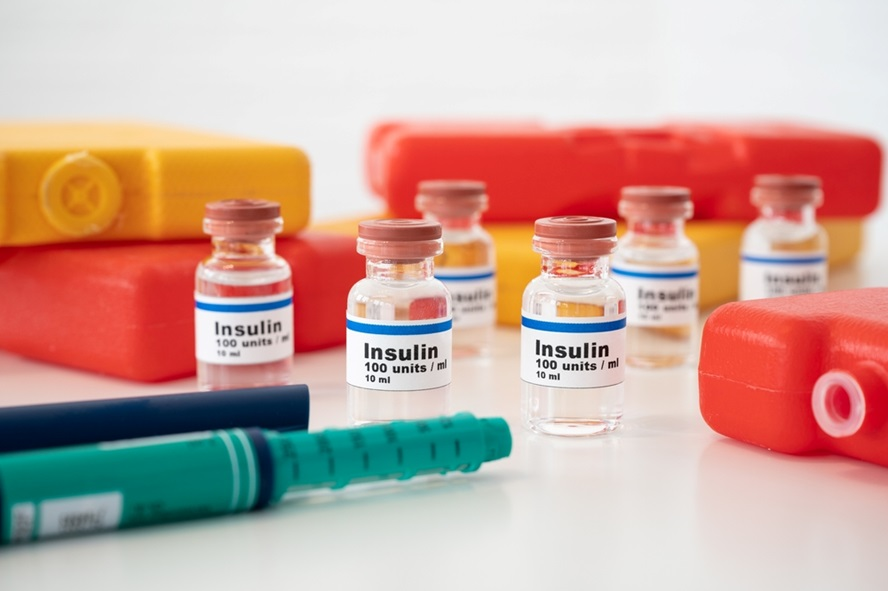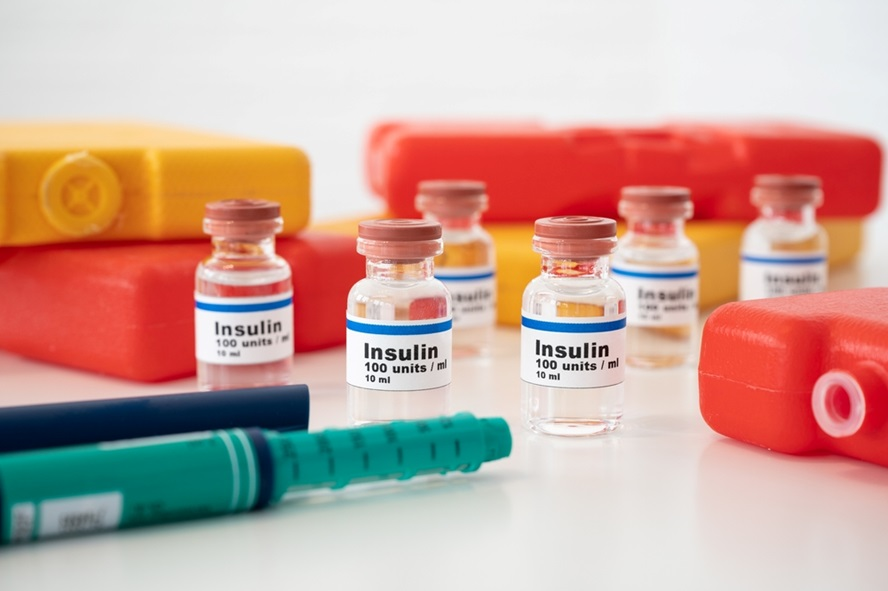A new silk-based hydrogel system that mimics the pancreas, offers a potential breakthrough in insulin delivery for diabetes treatment. The proposed innovative approach can provide a more efficient and responsive method for insulin release, addressing the challenges faced by individuals with both Type 1 and advanced stage Type 2 diabetes.
Prof. T Govindaraju and his team from the Bioorganic Chemistry Laboratory, New Chemistry Unit at JNCASR, Bengaluru (an autonomous institution under the Department of Science & Technology) were motivated by the success of a previously developed passive insulin release system. In that study, insulin was encapsulated in the silk protein “fibroin” and injected under the skin, resulting in the slow diffusion of insulin over a period of five days. Building on these findings, Prof. Govindaraju’s team modified the silk protein to create a super smart system that releases insulin in response to glucose levels in the blood.
Explaining the science behind this modification, Prof. Govindaraju says, “The goal was to create a system that mimics the function of the pancreas, an organ responsible for insulin production and release in the body, providing a continuous and controlled supply of insulin in response to elevated glucose levels in the body, to manage diabetes.” The findings of this study were published in ACS Applied Materials and Interfaces on October 17, 2023.
In this study, the researchers added special elements to the system that is responsive to abnormally high glucose levels in the body and trigger the release of insulin, when needed. On injecting the silk formulation, it forms a gel underneath the skin, acting as a small storage area for insulin. Insulin — a hormone playing an important role in controlling blood sugar — is then released in a controlled manner from this storage area, helping maintain the right levels of blood sugar in patients with diabetes. High blood glucose levels, indicating a need for insulin, prompts the release of insulin from the gel. This system is similar to having a tiny, self-regulating device that gives us just the right amount of medicine when we need it.
To improve the ability of this gel for insulin release, the team used a glucose-sensing molecule called phenylboronic acid (PBA) and an enzyme called glucose oxidase (GOx). These components work together to sense changes in glucose levels and trigger the release of insulin from the gel. When the gel is injected under the skin, its sponge-like structure helps hold and release insulin as needed, making it a glucose-responsive hydrogel platform for insulin release.
In the long term, this smart system could potentially offer a more natural and personalized way to deliver insulin, mimicking the insulin-releasing ability of pancreas. Initial tests on mice showed promising results in terms of efficacy and biocompatibility. It effectively controlled insulin delivery and normalized blood sugar levels. The transition to human trials and further development, however, is contingent upon industry partnerships and funding.
While the potential applications of this proposed silk-based system are many, ranging from drug delivery, wound healing to tissue engineering for various medical conditions, the team is now working on industrial collaborations to implement the system.
The silk-based insulin delivery system indeed has the potential to change lives, offering a more convenient and responsive way to manage diabetes, without the hassle of traditional insulin injections.
Publication links: https://pubs.acs.org/doi/10.1021/acsami.3c07060

Prof. T Govindaraju and his team at JNCASR have developed a pancreas-mimicking insulin delivery system that could hold a lot of promise for diabetes management.
Image credit: Shutterstock







